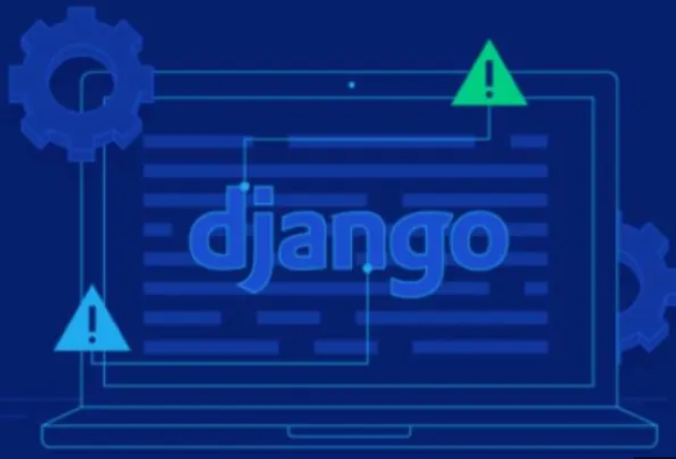Building a task management system with Django allows you to create a powerful and customizable tool for managing tasks, assignments, and progress tracking. Here’s a general guide on how to build a task management system with Django:
- Set up a new Django project:
- Create a new Django project using the
django-admincommand or a Django project template. - Set up a virtual environment for your project.
- Define the data models:
- Create Django models to represent tasks, users, projects, and any other relevant entities.
- For example, you might have a
Taskmodel with fields liketitle,description,due_date,status, and a foreign key relationship with aUsermodel for assigning tasks to users.
- Configure the database:
- Configure your Django project’s settings to connect to a database backend of your choice, such as SQLite, PostgreSQL, or MySQL.
- Create views and templates:
- Create views and templates for displaying tasks, creating new tasks, editing existing tasks, and managing task assignments.
- Define URL patterns to map URLs to your views.
- Implement CRUD functionality:
- Implement Create, Read, Update, and Delete (CRUD) functionality for managing tasks.
- Create views and forms to handle task creation, editing, and deletion.
- Implement logic to display tasks based on their status and due dates.
- User authentication and authorization:
- Implement user authentication using Django’s built-in authentication system or a third-party package like Django-Allauth.
- Define user roles and permissions to control access to tasks and features based on user roles (e.g., project manager, team member).
- Task assignment and progress tracking:
- Implement features for assigning tasks to users and tracking task progress.
- Create views and forms for assigning tasks to users and updating task status.
- Implement logic to track task completion and calculate overall project progress.
- Enhance the user interface:
- Use HTML, CSS, and JavaScript to enhance the user interface of your task management system.
- Consider using front-end frameworks like Bootstrap or Tailwind CSS to streamline the UI development.
- Implement additional features:
- Extend your task management system with additional features as needed, such as task filtering and sorting, task comments and discussions, file attachments, notifications, or project-level management.
- Test thoroughly:
- Perform comprehensive testing of your task management system, including creating tasks, assigning tasks, updating task status, and testing different user roles and permissions.
- Test the system’s performance with a large number of tasks and users.
- Deploy your application:
- Deploy your Django application to a hosting platform of your choice, such as Heroku, AWS, or DigitalOcean.
- Configure the necessary settings, such as database connection, static file serving, and environment variables.
Remember to follow Django’s best practices for project structure, code organization, and security throughout the development process. Customize the implementation based on your specific requirements and desired features. A task management system built with Django provides a flexible and customizable solution to efficiently manage tasks and track progress within a project or team.




